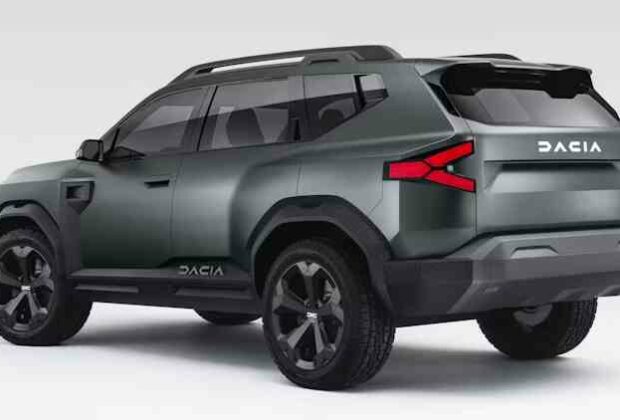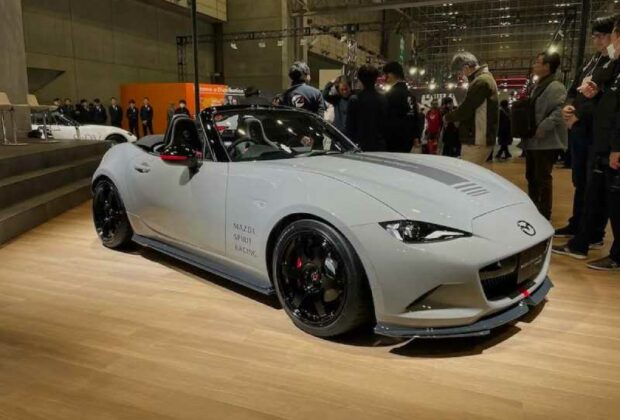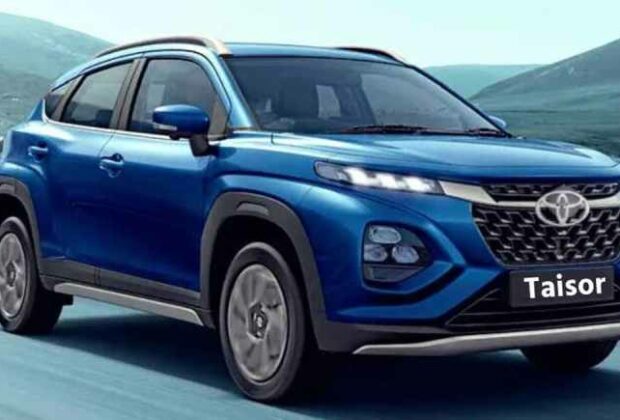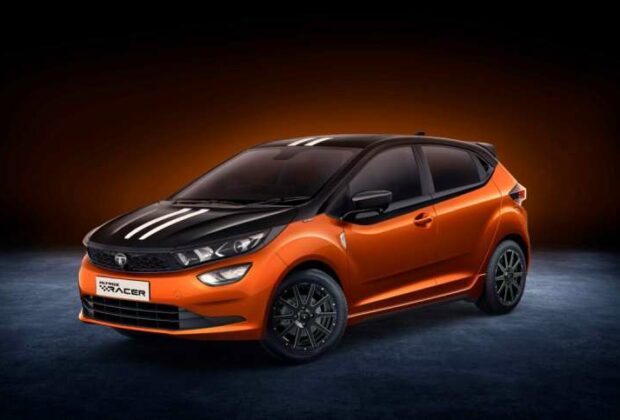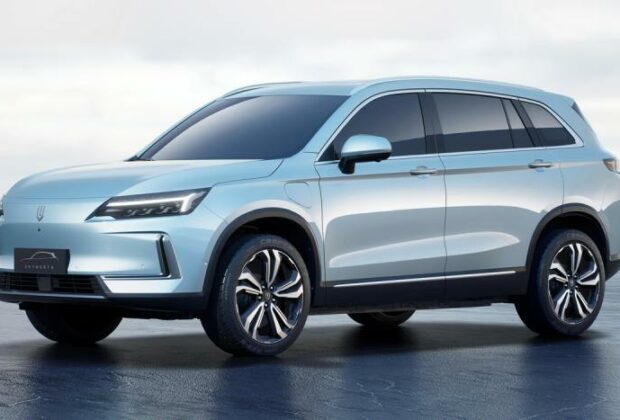Four new SUV models are expected to be released in the Indian market by Renault and Nissan, two major competitors in the Indian car sector. Renault Nissan Automotive India Pvt Ltd, the joint venture, has demonstrated its dedication to the market by investing a sizeable USD 1.8 billion in the nation.
These new SUVs will be built on the Common Modular Family-B segment (CMF-B) platform of the alliance and will come in both 5- and 7-seater versions. With more than a million cars produced, this platform—which is currently in use in a number of international countries, including South America, Turkey, Romania, and Morocco—has demonstrated its dependability.
The Completely New Renault Duster
It is anticipated that the Duster would have a striking and fashionable appearance. LED headlamps and Y-shaped DRLs are located on the front. In order to give the automobile a tough appearance, 18-inch alloy wheels and black body cladding are anticipated to be used.
There won’t be a diesel engine available, rumours have it. Three engine options are available for the Duster: a 1.0-liter LPG-powered petrol engine, a 1.2-liter turbocharged petrol engine with 130 horsepower, and a 1.6-liter full hybrid with an electric motor and battery that enables the vehicle to operate entirely on electricity for brief intervals. The gearbox for the 1.6-liter hybrid will be automatic, while a manual option will be available for the other vehicles.
The All-New 7-seater Duster
Renault intends to launch a 7-seat Duster in addition to the 5-seat model to take on the Hyundai Alcazar, Mahindra XUV 700 & Scorpio N, and Tata Safari. This SUV will reportedly go by the name Bigster.
With the extra seats, this SUV will need to be larger than the Duster, measuring roughly 4.6 metres in length. There are two possible configurations for the Bigster: 4×2 and 4×4. The Duster’s engine options will also be available.
Similar to how the Duster and Terrano were introduced, Nissan will likewise introduce its own iterations of these SUVs with minor visual modifications.
In an interview with ETAuto, Jean-Dominique Senard, the chairperson of the Renault Nissan Alliance, underlined the importance of India in their worldwide strategy.
The CEO of the Renault Group, Luca de Meo, recognised that the Indian automotive industry was evolving. He emphasised that rather than just compete on price, businesses must also understand their customers’ tastes and innovate.
Even with their very small market shares in India, Nissan and Renault nevertheless want to take advantage of their advantages—especially with Renault Nissan Technology & Business Centre India (RNTBCI). With a sizable workforce, this centre of excellence contributes to international initiatives, highlighting the significance of India in their global operations.
As part of its ambitious global plan, Nissan intends to introduce thirty new models over the course of the next three years, with a significant emphasis on electrified vehicles. Nissan Motor India Pvt Ltd is an Indian company that was founded in 2010 and targets significant development in unit sales by FY30. The company serves both domestic and foreign markets.
Read Full Article
